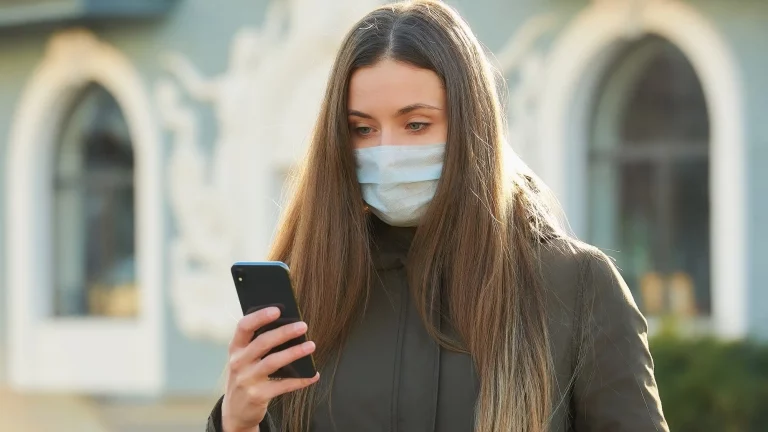As the iPhone 13 launch approaches, we have already seen a slew of leaks and rumors pointing to a significant improvement that would elevate Apple’s highly sought gadget to a new level. Among the many features that the iPhone 13 is expected to include, such as a 120Hz ProMotion display, improved cameras, and the new A15 Bionic processor, there will also be a feature that will make it the most suitable smartphone for the world’s population that now wears a mask for protection against the coronavirus.
The iPhone 13 may have an update to Apple’s Face ID identification system, which will allow it to recognize a match even when a mask or glasses are worn.
Apple’s Face ID technology will be updated, according to Jon Prosser’s Front Page Tech, which cites inside sources. The new system will have an array of sensors to provide a robust authentication, and it will be able to recognize the user even if they are wearing a mask or spectacles.
Currently, Apple is conducting internal tests of this technology, in which it has asked its staff to utilize Face ID while wearing masks and spectacles. The aim appears to be to train Apple’s neural network for Face ID to unlock the iPhone even when certain areas of the user’s face are not visible to the system.
Face ID is one of the most secure ways of face identification available, and it has been hailed by Apple as an important component of the iPhone’s privacy features. As a result, it will be exceedingly difficult for Apple to change the technology to eliminate the need for necessary criteria to facilitate simple authentication.
This may also imply that Apple will not introduce this function at the time of the iPhone 13’s debut, but will instead activate it later when it is ready to be used without causing any errors.
Right present, the iPhone allows users to unlock it using one of two available methods. If you are wearing a mask, the iPhone will detect it and activate the passcode screen to allow you to unlock the device with your passcode. An Apple Watch, when used in conjunction with an iPhone and proximity, appears to allow users to unlock their iPhone without having to remove the mask or input a passcode, in what appears to be a method of circumventing Face ID.
However, what Apple is apparently intending to do with Face ID raises concerns about the system’s reliability, given that it is the only biometric option available on the iPhone.
Apple removed Touch ID from all iPhones with full screens, starting with the iPhone X and continuing through the most recent iPhone 12 Pro, except the low-cost iPhone SE 2020. Instead of Touch ID, these smartphones are equipped with Face ID, which serves as the default identification mechanism for all functions on the iPhones in question.
Touch ID may make a comeback on future iPhones, but it is a long shot, and until that becomes a reality, Apple will need a permanent answer for a society that is not going to reject masks so easily and so quickly.

